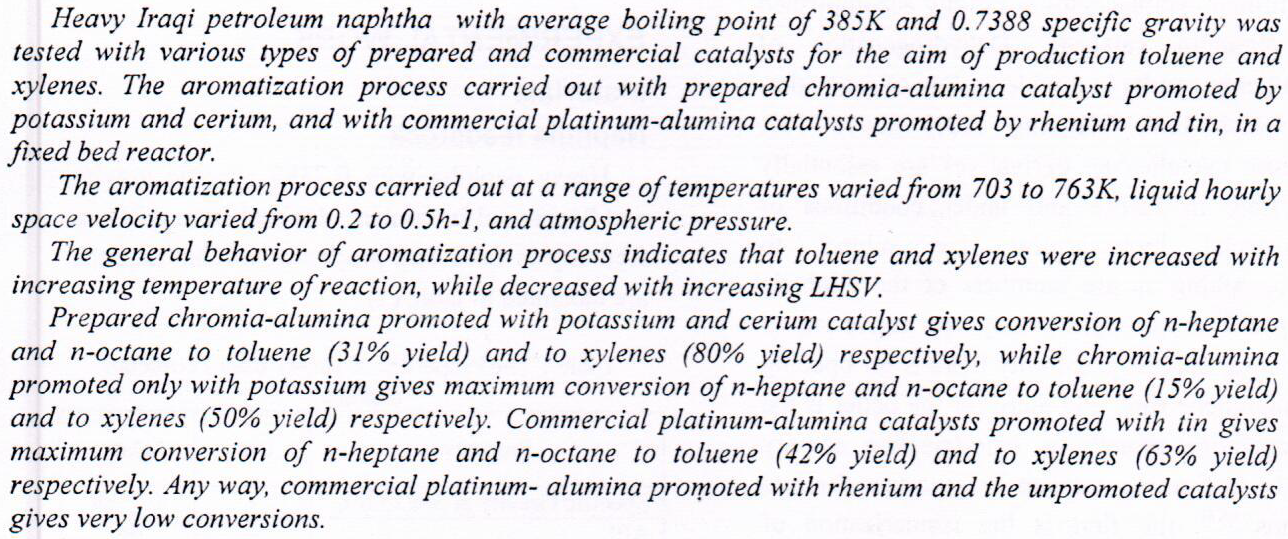
Background: The present in-vitro study was undertaken to evaluate and compare fracture resistance of weakened endodontically treated premolars with class II MOD cavities restored with different bulk fill composite restorations (EverX posterior, Alert, Tetric EvoCeram Bulk Fill, and SDR). The type and mode of fracture were also assessed for all the experimental groups. Materials and Method: Forty-eight human adult maxillary premolar teeth were selected for this study. Standardized extensive class II MOD cavities with endodontic treatment were prepared for all teeth, except those that were saved as intact control. The teeth were divided into six groups of eight teeth each (n=8): (Group 1) intact control group, (Group 2) unrestored teeth with
... Show More (2)
(2)
Objectives: This study aims to assess and compare the micro-shear bond strength (μSBS) of a novel resin-modified glass-ionomer luting cement functionalized with a methacrylate co-monomer containing a phosphoric acid group, 30 wt% 2-(methacryloxy) ethyl phosphate (2-MEP), with different substrates (dentin, enamel, zirconia, and base metal alloy). This assessment is conducted in comparison with conventional resin-modified glass ionomer cement and self-adhesive resin cement. Materials and methods: In this in vitro study, ninety-six specimens were prepared and categorized into four groups: enamel (A), dentin (B), zirconia (C), and base metal alloys (D). Enamel (E) and dentin (D) specimens were obtained from 30 human maxillary first premolars e
... Show More (2)
(2)
The present research was conducted to synthesis Y-Zeolite by sol-gel technique using MWCNT (multiwalled carbon nanotubes) as crystallization medium to get a narrow range of particle size distribution with small average size compared with ordinary methods. The phase pattern, chemical structure, particle size, and surface area were detected by XRD, FTIR, BET and AFM, respectively. Results shown that the average size of Zeolite with and without using MWCNT were (92.39) nm and (55.17) nm respectively .Particle size range reduced from (150-55) nm to (130-30) nm. The surface area enhanced to be (558) m2/g with slightly large pore volume (0.231) km3/g was obtained. Meanwhile, degree of crystallization decrease
... Show More (1)
(1)
ABSTRACT Background: One of the major problems of all ceramic restorations is their probable fracture against the occlusal forces. The objective of this in vitro study was to evaluate the effect of two gingival finishing lines (90°shoulder and deep chamfer) on the fracture resistance of full contour CAD/CAM and heat press all-ceramic crowns. Materials and Methods: Thirty two maxillary first premolars were prepared to receive full contour CAD/CAM (zolid) and heat press (Cergo Kiss) ceramic crowns using a special paralleling device (Parallel-A-Prep). The teeth were divided into four groups according to the type of finishing line prepared. Each crown was cemented to its corresponding tooth using self-etch, self-adhesive dual cure resin ceme
... Show MoreObjective: The present study was aimed to develop a pH-triggered in situ gel for local release of lidocaine hydrochloride (lidocaine HCL) in the buccal cavity to improve the anesthetic effect of this amino amide drug which has very high water solubility. The formulations were introduced to the oral cavity as a spray to improve compliance and for easier administration.Methods: In this work, two grades of carbopol (934 and 940)-based in situ gel spray were designed. The formulations containing lidocaine HCl 5% were prepared by mixing different concentrations of carbopol with xanthan gum. Eight formulations were investigated and evaluated for gelation capacity, spray angle, volume of solution delivered per each actuation, rheological p
... Show More (15)
(15)
 (7)
(7)
The present study aims to investigate the long-term histopathological, and physiological effects of different concentrations of a commercially available energy drink (Tiger) on liver and kidney of young mice. Sixteen Balb/c male mice,6 -week old, were divided into 4 groups (n=4). Two groups consumed the energy drink at a concentration of 28µl energy drink/ml water. One group were killed after 10 days (T1), another group were killed after 20 days (T2). Other group of mice consumed the energy drink at a final concentration of 14µl/ml for 20 days (T3). The last group was provided only with water and served as control. Mice of all groups drank around 3 ml per day. The histopathological study on liver of treated groups showed many changes s
... Show More (9)
(9)
 (3)
(3)
